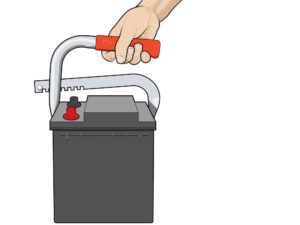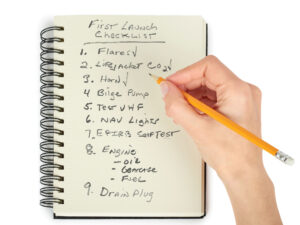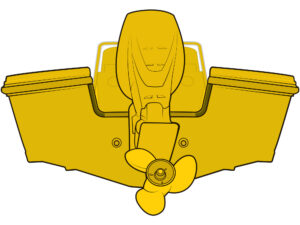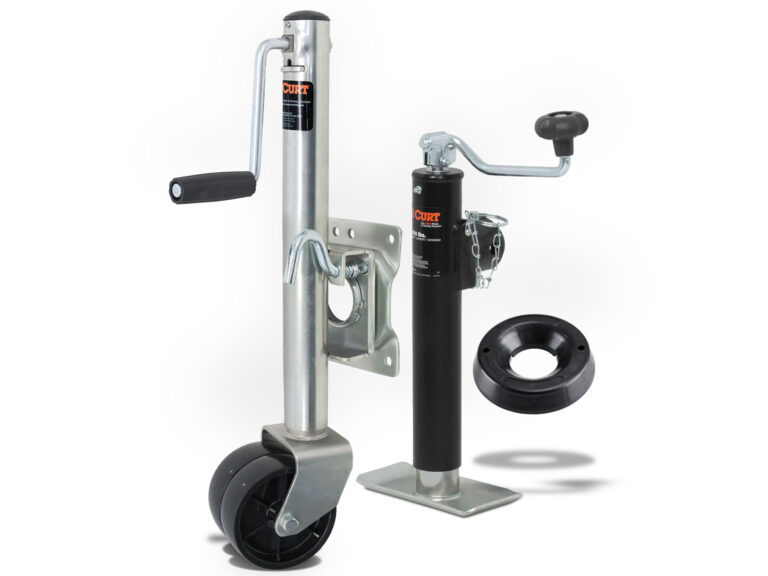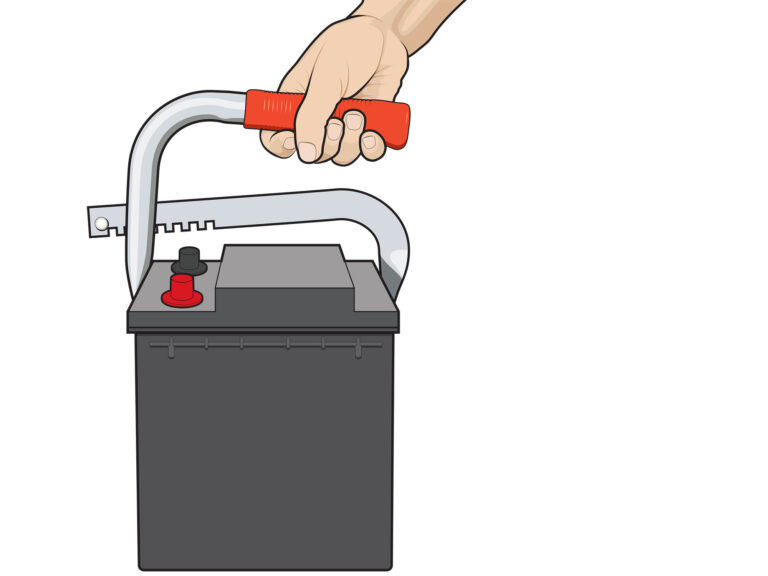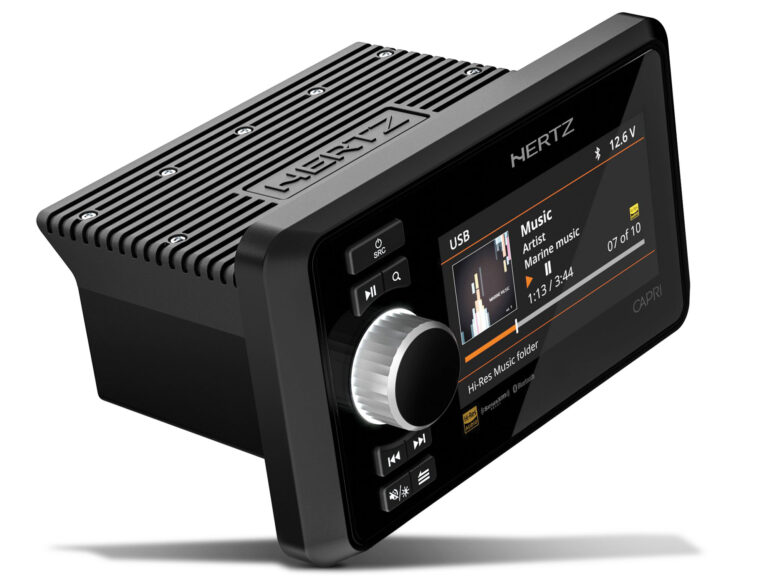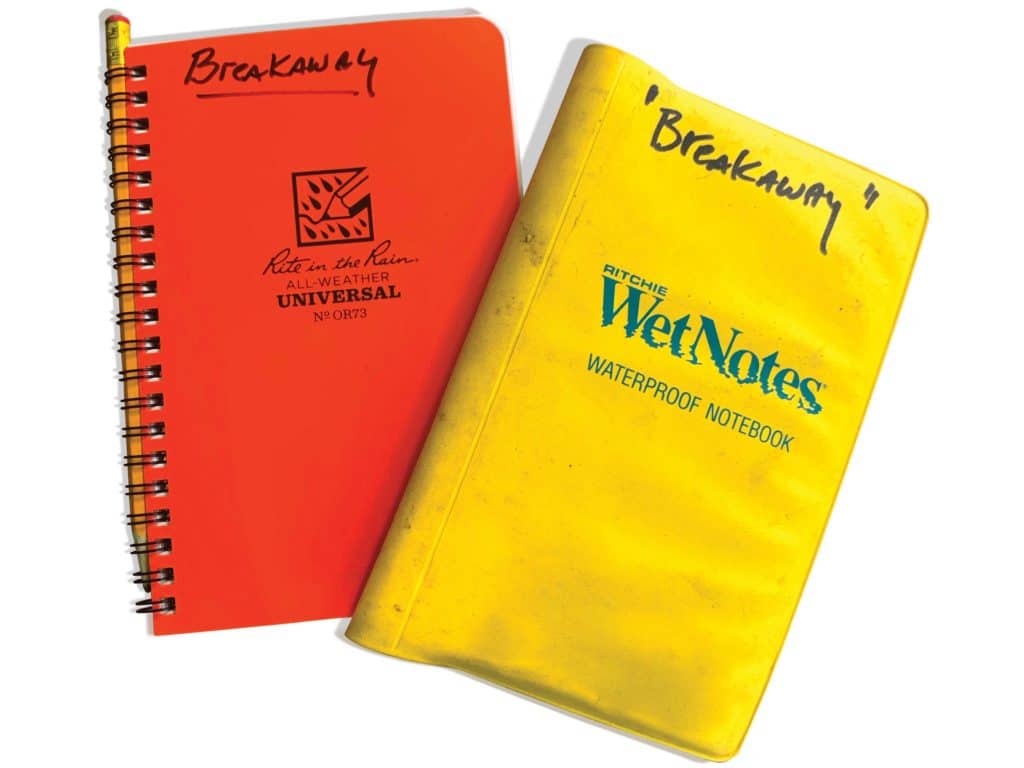
Death and taxes—the only things you can really count on, or so they say. Of course, if you own a boat, there will be the eventual sale of that boat, which is kind of like death.
Hey, cheer up. Maybe the sale of your boat is so you can buy a different one—bigger, faster, prettier and better equipped. Regardless, it is true that at some point all of us will face the prospect of selling a boat.
No matter how you feel about selling your boat, the process will go easier if you have kept a detailed maintenance log extending all the way back to when you bought it. The reason this will ease the process is because the prospective buyer will feel much happier and more confident about the condition of your boat if he or she can see that diligent attention has been paid to maintenance.
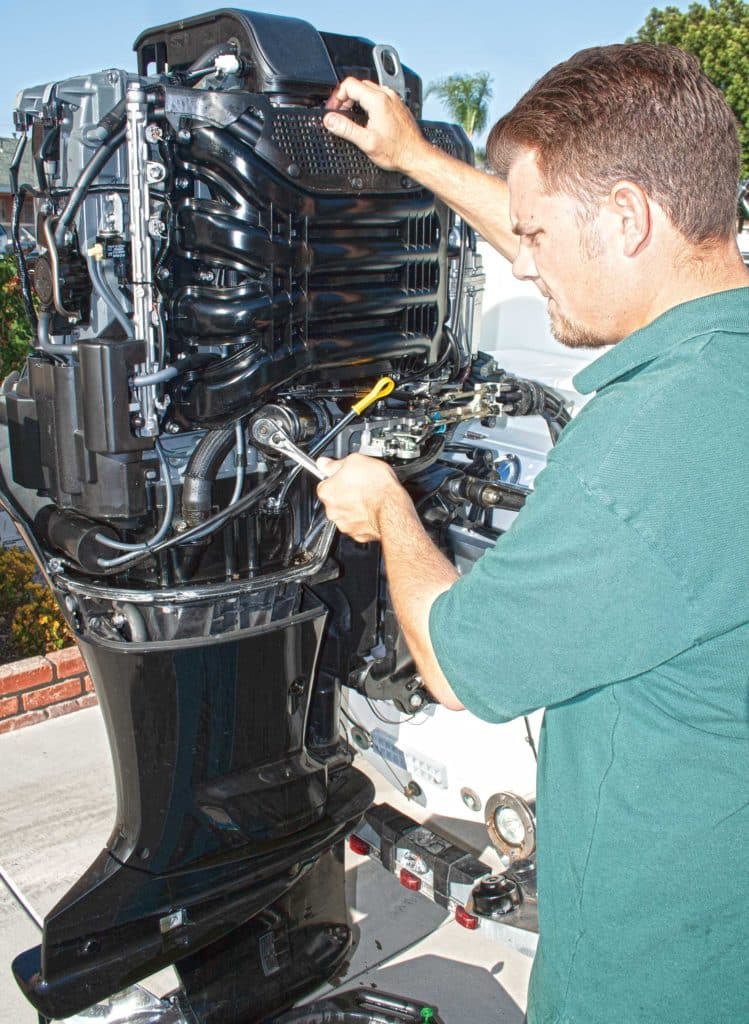
Along that same line, when you buy a used boat, you will want to be able to check over the maintenance log to make sure everything has been done to keep the vessel in satisfactory working order. So, a good maintenance log is a big deal, whether you’re selling or buying a boat.
As an owner, a maintenance log is a great aid in caring for your boat. Noting the dates of regularly scheduled maintenance items, such as filter changes, and oil and other fluid changes, makes it easier to care for your boat, its engines and its systems. Additionally, unscheduled maintenance, such as battery swaps, sacrificial-anode replacements, steering-cable replacement, topping off hydraulic fluid, etc., will help you and prove more valuable with time. That’s because the longer you keep a log, the more patterns of wear—based on your individual use—will begin to appear. So, you’ll know to replace the battery or cable before either leaves you stranded. Track your fuel purchases and engine hours too because fuel quantity burned versus hours is a good barometer of engine health.
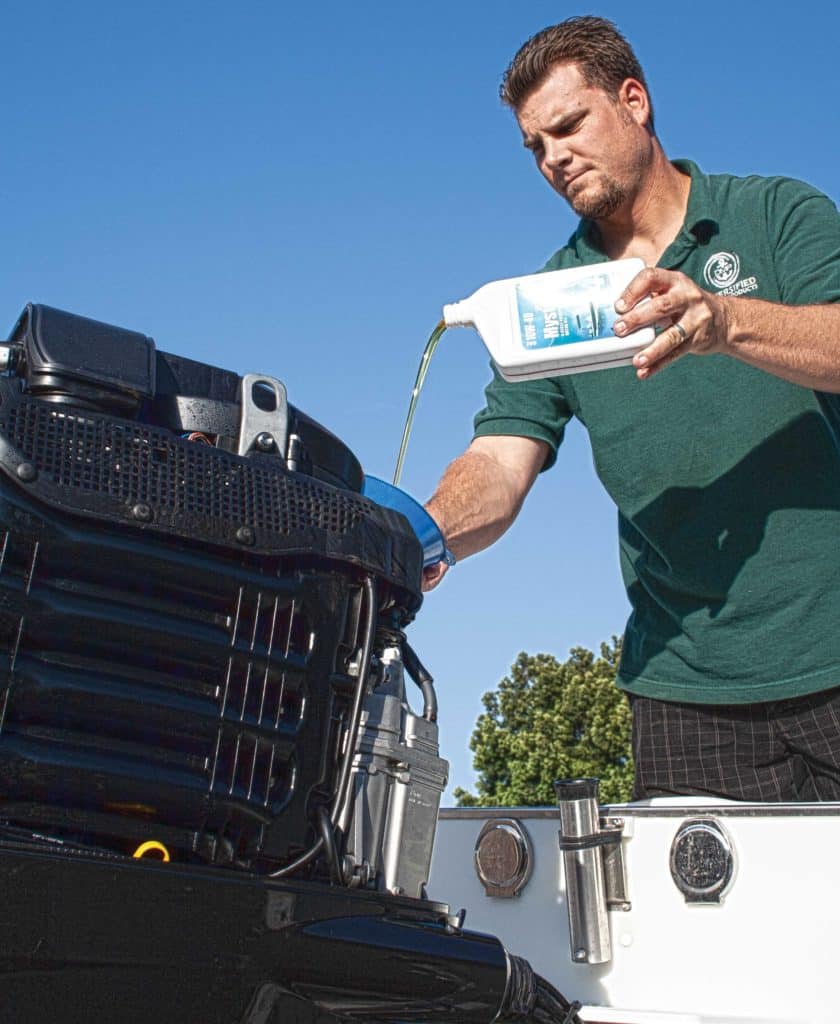
It’s also helpful to keep track of part numbers, like spark plugs, filters, O-rings, the ignition-key number, etc. Also note fuse and breaker types, and the amperage ratings for all your devices. Note the bulb type and amperage for all lights. Doing so makes it easy to buy replacements. Reserve two or three pages at the back of your notebook as a repository for this info. If your book has pockets on the covers, you can rip off the labels of parts boxes and keep them handy for reference.
But for now, let’s talk about you as a seller. Remember, a log is not only about maintenance. It should include the date when any new equipment was added. It’s a good idea to make note of the cost of parts and labor, which will help justify the price you ask for your fine vessel. And be sure to save all the owner’s manuals and receipts in a secure and well-organized place so you can pass them along to the new owner. In essence, any time you do anything to the boat, whether it be service-related, routine maintenance, parts replacement, or adding new goodies, write it down in the in the logbook. That log will be money in the bank when it comes time to sell. Here’s how to make a good one.
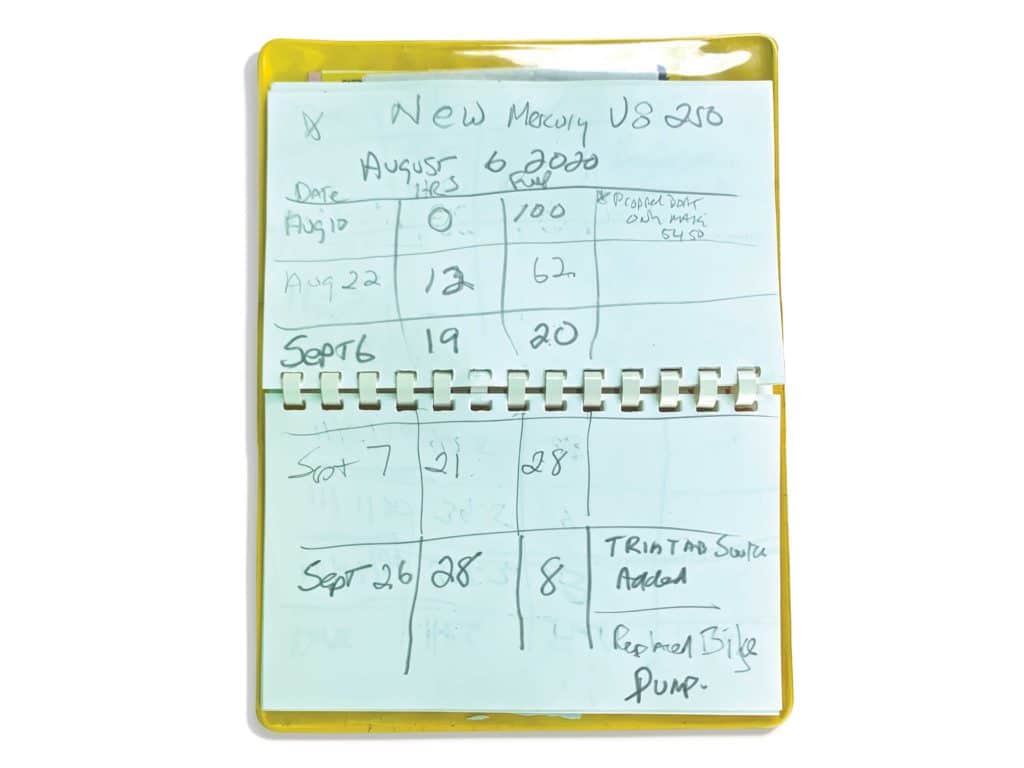
Jot These Things Down
Get Organized
A maintenance log, in my opinion, should be nothing more than lined pages on which you can make notes about everything that is done to the boat. If the log is already organized into categories for things such as engine- oil changes, filter changes, etc., it will be less inviting and more cumbersome to make notes about all the noncategorized things. There’s a ton of stuff to be written in a maintenance log, so don’t constrain yourself by having a logbook that boxes you into a limited number of categories.
Neatness Counts
Take the time to write clearly so future owners can easily read what has been written. Include part numbers and brand names. Note sources where you made purchases so future purchasers might be able to go to those same sources for parts and supplies. For some things, make note of not only the date but also the engine hours when the service was performed. If someone else did the repair or service, make note of who did it, their address and phone number.
Make a List
Make note of all boat work in your maintenance log, no matter how trivial it might seem to you, and include the date of the work and engine hours at that particular time. Your list will be extensive, but key service elements to document include new fluids, filters, belts, hoses, tanks, fuel lines, batteries, cables and pumps.
In addition, don’t forget to log the addition, replacement or service of equipment such as deck hardware, smoke and CO detectors, marine electronics, canvas, the marine sanitation system, lighting, throttle and shift cables, hydraulic systems, bottom paint and more.
Depending on your boat, there might be more categories on your list. But do yourself a favor and fill out the maintenance log as thoroughly as possible. This might seem tedious, but it’ll pay off in the end.


